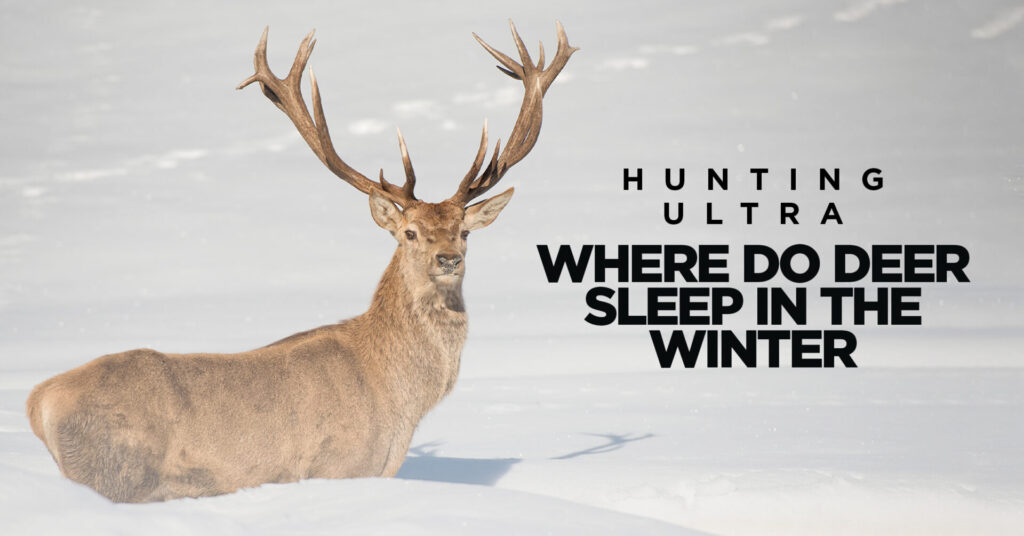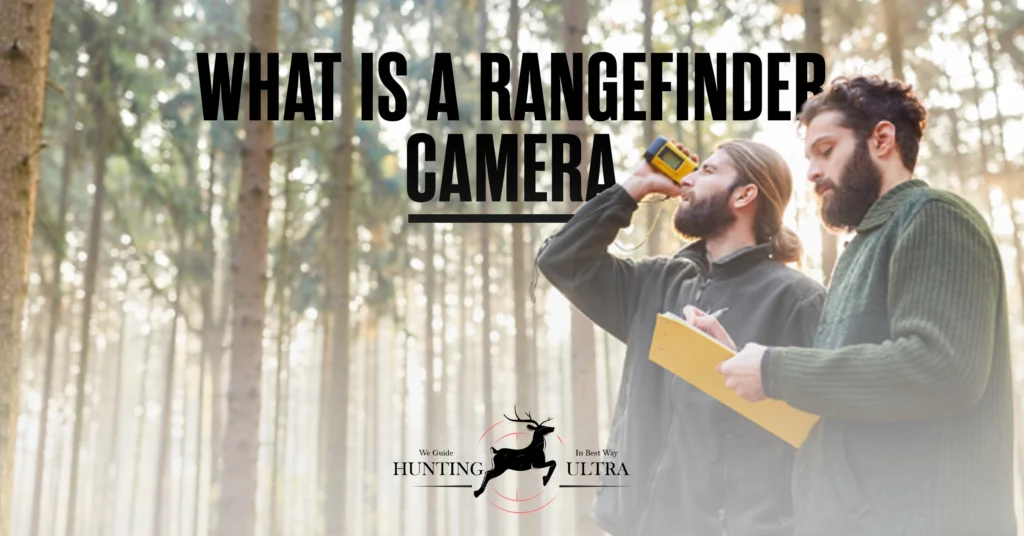As winter blankets the landscape in a shroud of snow and ice, deer embark on a remarkable journey of survival. These resilient creatures must adapt to the harsh conditions and find ways to stay warm and safe. One of the most important aspects of their winter survival strategy is the selection of suitable bedding areas.
In this blog post, we will see where do deer sleep in the winter. We will explore the factors that influence deer bedding area selection, their sleeping habits, and the survival strategies they employ to stay warm in the winter. We will also discuss how to detect deer bedding areas and the best places to observe deer during the winter months.
Factors Influencing Deer Bedding Area Selection
Protection
Deer, like any other creature, seek shelter from the biting winds, snow, and rain that winter throws their way. The first consideration when selecting a bedding area is protection from the elements.
Cover
Dense vegetation, such as forests or thick shrubs, plays a pivotal role in deer bedding area selection. It provides them with camouflage and protection from prying eyes.
Food
Access to food is crucial, especially during the winter months when finding sustenance can be challenging. Woody browse, leaves, and shoots are dietary staples for deer during this season.
Water
Regular access to water is essential for hydration, even in the colder months. Deer need a nearby water source to ensure their survival.
Escape Routes
Deer are vigilant creatures, and they need to be able to quickly escape from perceived threats. Bedding areas with multiple escape routes are preferred for their safety.
Where Do Deer Sleep in the Winter: Deer Sleeping Habits
Let’s find out deer sleeping habibats:
Light Sleepers
Deer are known to be light sleepers. They engage in phases of sleep that typically last no more than 30 to 45 minutes. This adaptation ensures that they are always alert to potential threats.
Crepuscular Animals
Deer are primarily active during the twilight hours of dawn and dusk. While they may nap during the day, their nighttime rest is more prolonged.
Social Sleepers
Deer sleep habits can vary based on their species and the season. Some species, like elk, gather in herds for added safety during rest, while others prefer solitude. Most deer, however, tend to sleep relatively close to their herd.
Detecting Deer Bedding Areas
If you’re interested in finding deer bedding areas, keep an eye out for the following signs:
- Depressions in the Ground: Deer bedding areas often appear as depressions in the ground, matching the size of a deer.
- Deer Droppings: The presence of deer droppings is another good indicator of a bedding area.
- Buck Bedding Areas: Buck bedding areas are typically larger than those of does.
Observing Winter Behavior
As winter envelopes the landscape, observing deer behavior becomes a captivating experience. While their movements are often more subdued during the colder months, the careful observer may witness unique behaviors. Deer, known for their crepuscular activity, might be spotted during the day as they conserve energy. Pay attention to south-facing slopes where the sunlight provides warmth, enticing deer to linger. The interplay of social dynamics within bedding groups becomes pronounced during winter nights, emphasizing the importance of communal warmth and vigilance against predators. Patiently observing these subtle nuances adds a layer of appreciation for the intricacies of deer survival in winter.
Features of a Perfect Sleeping Spot
Deer have specific criteria for their ideal bedding areas:
- Protection: Above all else, deer prioritize safety from the elements and predators.
- Cover and Camouflage: Camouflage plays a pivotal role in their survival. Bedding areas with dense vegetation offer the concealment they need.
- Access to Food: Proximity to food sources is essential for their winter sustenance.
- Water Sources: Reliable access to water sources is vital for their hydration needs.
- Escape Routes: Easy escape routes are critical for deer to quickly evade danger.
Survival Strategies: How Deer Stay Warm in Winter
Deer employ various strategies to stay warm and conserve energy during the cold winter months:
- Fall Feeding: In preparation for winter, deer increase their food intake during the fall to build up body fat reserves, which provide insulation.
- Seasonal Coat Adaptations: Their coats adapt to the season, becoming thicker and more insulating during the winter months.
- Slowed Metabolism: Deer’s metabolism slows down in winter to conserve energy, allowing them to survive on less food.
The Preferred Winter Haunts of Deer
Deer adapt to their surroundings in remarkable ways during winter:
- Nestling in Snow: In areas with heavy snowfall, some deer may choose to nestle into the snow for added insulation and wind cover.
- Sunlit Slopes: South-facing slopes are favored for their exposure to sunlight, providing additional warmth during the day.
- Reflective Snow: The reflective properties of snow can act as an extra source of warmth, making snowy areas attractive to certain deer species.
Deer and Humans: A Coexistence
In recent times, deer have become more accustomed to human presence. They recognize us as potential threats but also sources of food. Understanding the dynamics of this relationship can help mitigate conflicts and promote coexistence.
Tracing Deer’s Winter Slumber
For those fascinated by these elegant creatures and eager to observe them during the winter, understanding specific deer species and their habits is crucial. Familiarity with the local terrain and potential bedding areas can greatly enhance the chances of encountering these graceful animals in their winter sanctuaries.
Bottom Line
Deer’s winter survival is a testament to their adaptability, resilience, and endurance. Through meticulous selection of bedding areas and the use of various survival strategies, these remarkable animals thrive in one of the harshest seasons of the year. By understanding their choices and strategies, we can foster a deeper connection with these iconic symbols of the natural world and ensure their continued survival.
So, the next time you venture into the winter landscape, keep an eye out for the subtle signs that reveal where do deer sleep in the winter, such as depressions in the ground, deer droppings, and buck bedding areas. And marvel at their ability to endure and thrive in the face of adversity.



